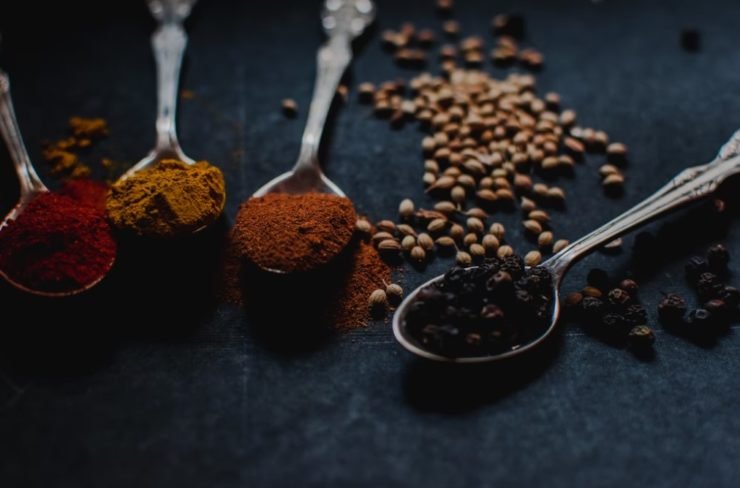The principles of flavor is a concept that looks at how different elements give us the sensation of “flavor”. It also divides tastes and flavors into categories that can work together to balance and enhance a dish.
When you start to understand how flavors interact with each, it becomes easier to make your own dishes without relying on recipes.
I was first taught about flavor principles in culinary school, and with a few tried and true flavor combinations I thought I was a master.
Now, over a decade later, I’ve realized that understanding flavors is a skill that only continues to get better the more you cook, eat, and experiment.
Today, I’ll be sharing some of the basics to understanding the principles of flavor. What they are, and how we can use them to become better cooks and eaters.
In This Article
What Is Flavor Anyway?
To simplify things, flavor is the way that something tastes. And to keep things simple, we have 5 official tastes or foundational flavors. We’ll talk more about each one shortly, but the 5 are salty, sweet, bitter, sour, and the newest member, umami. Not to mention, the unofficial flavor of spicy.
Ok, now to make things a little more complicated. Yes, flavor has to do with taste, but there are several other factors that go into how we experience flavors. We have aroma, temperature, texture, and mouthfeel. Each of which can play a role in how we perceive taste.
The 5 + 1 Foundational Flavors
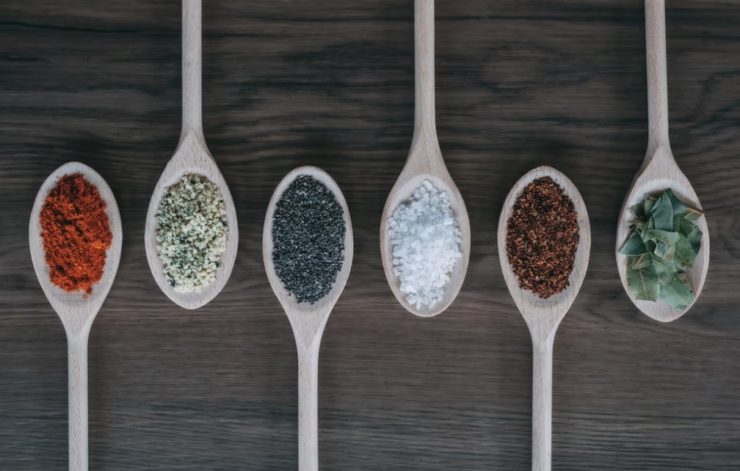
Without much practice, it can be difficult to pinpoint the different flavors that are in a recipe or composed dish. But, it’s fairly easy to place individual ingredients into one or two of the foundational flavor categories.
By learning more about the foundational flavors and their ingredients, you’ll be able to dissect dishes and also start building your own.
Salty
Most people are pretty familiar with this one. Reach for your favorite bag of chips or eat some cured meat and you’ll have a good idea of what the salty flavor is all about.
- Sea Salt
- Hard Cheese
- Anchovies And Dried Seafood
- Bacon And Other Cured Meats
Sweet
Another flavor that most of us know well. Get a hold of a lollipop and you’ve got sweet all the way through. Many fruits and vegetables are also sweet but may include sour or bitter flavors as well.
- Sugar
- Maple Syrup
- Most Fruit
- Honey
- Peas
- Sweet Potatoes
- Ketchup
Bitter
Bitter is an interesting flavor, one I think many people would say they dislike altogether.
But, if you know how to use them, bitter ingredients can add a certain bite to dishes that you won’t find anywhere else. Eat a leaf of radicchio or take a sip of your favorite IPA for a good idea of what bitter tastes like.
- Coffee
- Beer
- Char (the good kind of burnt)
- Radicchio And Other Chiccories
- Leafy Greens
- Dark Chocolate
Sour
The flavor that makes your mouth pucker and salivate. Bite into a lemon wedge and you’ve got sour down. Sour items can be intense on their own, but they’re useful ingredients that can completely transform a dish with just a few drops.
- Lemon, Lime, And Other Citrus
- Vinegar
- Yogurt And Sour Cream
- Pickled Fruits And Vegetables
Umami
Umami is the newest member of the foundational flavors. It’s a taste that’s a little more difficult to describe, but many would call it the flavor of savory. Umami is actually a word borrowed from Japanese meaning “delicious”.
Once you’ve tasted it and know what to look for, it’s much easier to pick out in dishes and ingredients. Umami isn’t necessarily salty, but it is generally associated with salt forward foods.
The Japanese broth called dashi, made from dried fish and seaweed, is perhaps the best and most pure way to experience the flavor of Umami.
- Roasted Meat
- Parmesan Cheese
- Tomatoes
- Mushrooms
- Monosodium Glutamate (MSG)
- Fish Sauce
- Seaweed
- Miso
Spicy
Spice or heat isn’t technically recognized as one of the foundational flavors because it’s more a sensation than a unique taste. Nevertheless, spice can be an important tool in the kitchen, and will add even more possibilities when creating dishes.
- Hot Peppers
- Wasabi And Horseradish
- Mustard
- Hot Sauce
- Chili Oil
The Flavor Profiles Of Different Cuisines
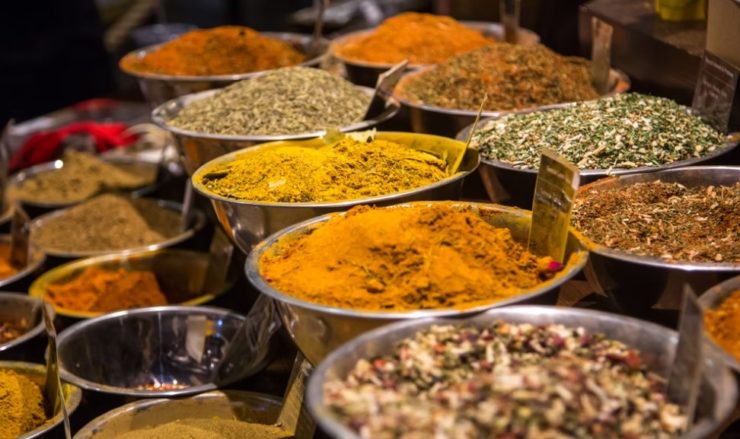
If you explore the cuisines of countries around the world, you’ll find that each one has a unique flavor profile. Or a base of flavors and ingredients that are used in their local dishes.
These flavor profiles were born out of necessity. They’re the ingredients that were found locally, and over time turned into the DNA of a country’s cuisine.
The example that you are probably the most familiar with would be mirepoix. Onions, carrots, and celery. Our standard cooking base for soups, stews, and braises, which we borrowed from the French.
Look to the Creole and Cajun cuisine of the south and you’ll find the Holy Trinity, onions, bell peppers, and celery. The base flavors for things like gumbo and jambalaya.
Moving a bit further away to China and you’ll find a huge number of their dishes begin with ginger, garlic, and scallion. Here, you’ll also encounter the use of soy sauce and shaoxing cooking wine, which add salt and umami to the mix.
So, while there are an infinite number of flavor combinations used in every country, you can generally find an underlying flavor profile that sets the tone for that cuisine.
Flavors Come In Many Different Forms
There are several different categories that ingredients and flavors come in. Getting to know what they are and how to use them is another great tool that can make you a better cook.
Aromatics

Aromatics add flavor, and as the name implies they also add aroma to dishes. Most recipes begin by cooking aromatics, which lays the foundation of an entire dish.
When talking about flavor profiles, it’s the aromatics that often provide the quintessential flavors of a cuisine. Just like the mirepoix in French cooking, or the galangal, lemongrass, and kaffir leaf in Thailand
Spices are a subcategory of aromatics and an incredible cooking tool. They can take a dish from Spain, to Vietnam, to South America, all with a simple sprinkle of this and a dash of that.
Taste dry spices on their own and they tend to be bitter and overpowering. That’s because they are made from dried seeds, bark, and leaves, and they are incredibly concentrated.
So, when using dry ingredients in place of fresh ones, always use less and give it time to release its flavors and mingle with the rest of the food.
Fats
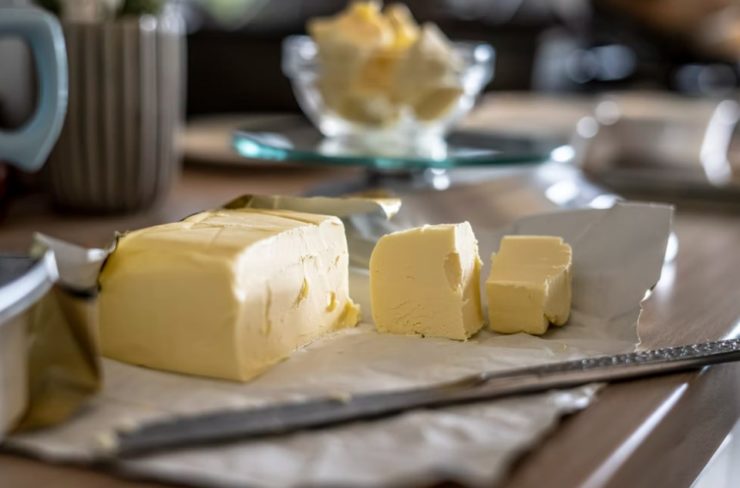
Fats are another great way to add flavor. Beef, chicken, pork, or duck fat, as well as oils and butter, all have unique flavors. They can also easily be infused with aromatics to add even more.
The other thing that fats can do is change the mouthfeel of a dish. And, like a good wine with a long finish, fats tend to coat the palate so the flavor stays with you longer.
Acids

I like to think of acids as the opposite to fats. Fats can carry a lot of flavor but it tends to be flat and muted. Acids on the other hand are bright and aggressive, making them a perfect match on the plate.
Fats are one of my favorite ingredients to use, but on their own they can quickly become too much of a good thing. Acid works to cut through fat and refresh your palate, leaving you ready for the next bite.
A basic vinaigrette is a perfect example of how these two work together. Straight vinegar would be too astringent and sour, and if you only used oil, your mouth would be coated and you wouldn’t want to take another bite.
Mix the two together and you have a balance that keeps you coming back for more.
Sweeteners

Sweet ingredients come in all shapes and sizes. You have the natural sweetness of fruits and vegetables. Sweet “liquids” like honey, maple syrup, and molasses. And dry sweeteners like cane or palm sugar just to name two.
While sweet is a given in many desserts, it’s also used heavily in savory dishes in many Asian cuisines. Sweet and sour is an obvious example from Chinese cuisine. But you’ll also find a lot of palm sugar used in savory dishes from Vietnam and sweet coconut milk in ones from Thailand.
Learning To Cook With Flavor As A Guide
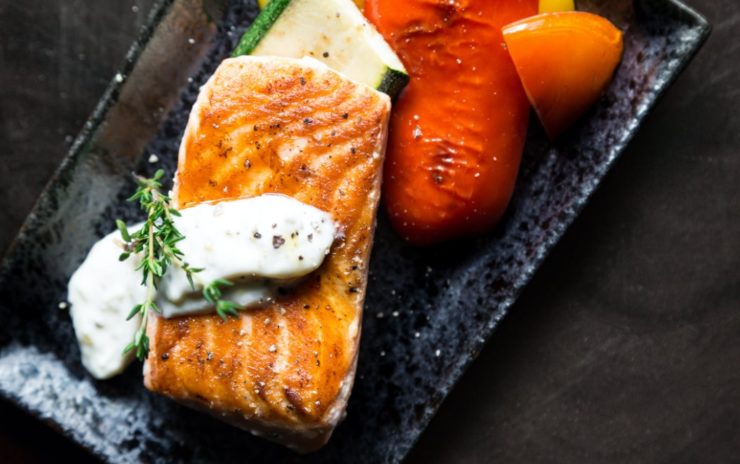
When developing dishes in a professional kitchen, we often think about the flavors that a dish will have before thinking about the specific ingredients. Or, we’ll choose an ingredient to be the star of the dish and then add supporting flavors around that.
Here’s a simple example of building a side dish with broccoli as our main ingredient. Roasted broccoli naturally has both sweet and bitter flavors, so we may want to add some fat to mellow out the bitterness.
We can add fat plus get some texture by using buttered bread crumbs. Wait! Let’s use brown butter in our breadcrumbs for even more depth of flavor.
Now, we need some acid to balance the fat. We’ll add lemon zest to the breadcrumbs, plus a squeeze of lemon juice on top to keep the whole dish bright. Last, we’ll shave a little parmesan on top for a balance of salt and umami.
Once you understand a little bit about flavors and how they work to balance and enhance each other, you can do the same thing. It’s one of the best ways to really learn how to cook rather than always relying on recipes.
And, when you can break a dish up into flavors, it becomes easier to recreate or make new versions by substituting for a different acid, salt, sour, etc.
The website CookSmarts created a handy tool called the Flavor Star. It’s an easy way to visually see which flavors enhance or balance each other, and can be very useful when you’re just getting started.
Getting to know and understand different flavors and how they work together can take some practice. Luckily, tasting food and placing them into categories is the type of practice I would willingly do any day.
Cooking and tasting different flavor combinations is one of the best ways to find out what works and what doesn’t. And, understanding flavors and ingredients is possibly the best way to become a better cook.
Be sure to sign up for our newsletter for more principles the pros use that will take your home cooking to the next level.
